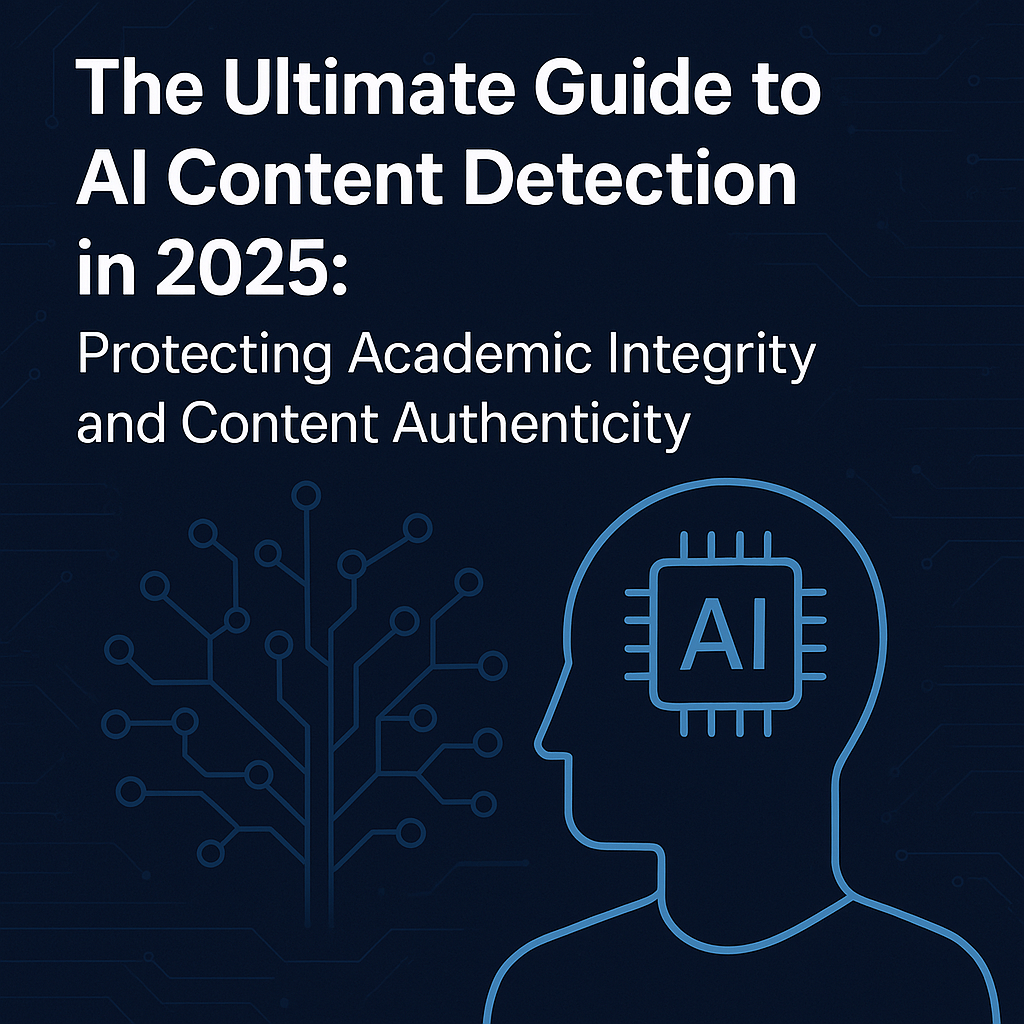How to Detect AI-Generated Content in Student Submissions
Learn effective strategies for identifying AI-generated content in academic work and maintaining academic integrity in the classroom.
As AI writing tools like ChatGPT become increasingly sophisticated, educators face new challenges in maintaining academic integrity. While these tools can be valuable learning aids, they can also be misused for completing assignments. This guide will help you identify potential signs of AI-generated content in student submissions.
First, look for inconsistent writing styles within a single document. AI often produces text that is grammatically perfect but lacks the natural flow and personal voice of student writing. Watch for sudden shifts in tone, vocabulary level, or sentence structure.
Second, be aware of generic or vague content that lacks specific examples or personal insights. AI-generated content often includes broad statements without the nuanced understanding that comes from genuine learning.
Third, use specialized AI detection tools like StudentAIDetector that are designed to identify patterns common in AI-generated text. These tools analyze linguistic patterns, sentence structures, and other markers that may indicate AI involvement.
Fourth, incorporate process-based assignments that require students to submit drafts, outlines, and reflections throughout the writing process. This makes it more difficult to simply generate a final product using AI.
Finally, have open conversations with students about the appropriate use of AI tools. Many students may not understand the ethical implications or may not realize that using AI to complete assignments violates academic integrity policies.
By combining technological solutions with pedagogical approaches, educators can adapt to the challenges posed by AI writing tools while continuing to foster genuine learning and academic integrity.
Share this article
Help others discover this content
